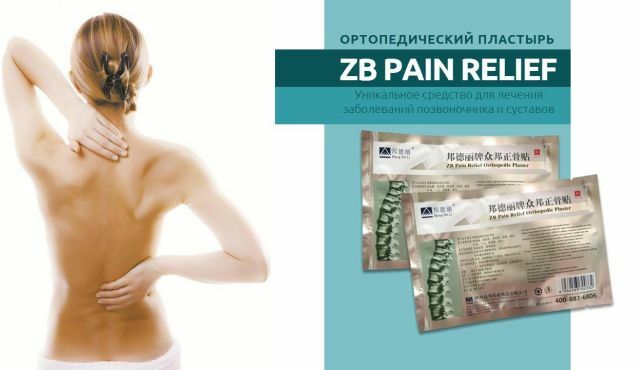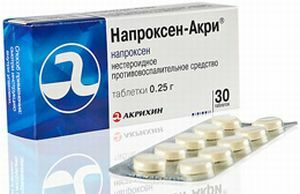 Naproxen( anaprox) is a non-selective inhibitor;is a non-steroidal anti-inflammatory drug from the propionic acid group.
Naproxen( anaprox) is a non-selective inhibitor;is a non-steroidal anti-inflammatory drug from the propionic acid group.
The drug is commonly used to alleviate a wide range of pain, fever and swelling.
Produced in Russia and Slovenia.
Contents of the article
- Pharmacological properties of the drug
- Pharmacokinetics of the drug
- Indications for use
- When should not be used?
- Mechanism of action
- Form
- How to use
- Overdose and side effects
- Treatment of poisoning
- Side effects
- Combination with alcohol
- With liver or kidney dysfunction
- In pregnancy or lactation
- Drug use by children
- Interaction with other drugs
- Practical experience with
- taking
- Cost of medicines
- Similar to the effects of drugs
Pharmacological properties of the drug
Naproxen itan analgesic, antiinflammatory and antipyretic properties. Also, the pain syndrome is weakened( including when the ligaments of the knee joint are ruptured).
The mechanism of action of the drug consists in the pharmacological inhibition of prostaglandin synthetase and fatty arachidonic acid, after which the synthesis of lipid prostaglandins in the body is suppressed.
Does not have any carcinogenic properties. Reduces blood clotting.
Pharmacokinetics of the drug
The absorption of the tissues of the drug is fast and complete. Bioavailability of the drug reaches 95%.The separation period is from 12 to 17 hours. The connection with proteins reaches 98%.
Isolation occurs mainly through the kidneys( about 94% of the drug is excreted in the urine), about 3% comes with feces, about 2.5% comes out with bile. The purification coefficient of naproxen is 0.13 ml / min / kg. Binding to plasma proteins reaches 99%.
The steady-state concentration of the substance in the blood is 4 to 5 days. The analgesic effect is manifested after 1-2 hours with a duration of action of 3 to 7 hours.
The anti-inflammatory effect is achieved after 2 weeks. In renal failure, accumulation in the kidneys of the active substance can be observed.
Indications for use
The drug is used if the patient has:
- articular syndrome;

- inflammatory disease, in particular degenerative and traumatic ruptures and sprains;
- juvenile chronic arthritis;
- active gastrointestinal bleeding;
- chronic heart failure;
- severe physical illness.
When should I not apply?
There are contraindications:
- bronchospasm( difficulty exhaling due to muscle contraction);
- Crohn's disease;
- hypersensitivity;
- exacerbation of stomach or duodenum ulcers;
- diathesis;
- oppression of bone marrow hematopoiesis;
- aspirin triad;
- internal bleeding and in the gastrointestinal tract;
- status after coronary bypass;
- diabetes;
- smoking;
- creatinine clearance less than 60ml / min;
- allergic reactions in the body;
- disease of peripheral arteries.
Mechanism of action
Decreased activity of lysosomes, neurotransmitters of inflammation, inhibition of migration of white blood cells.
Form
Naproxen is available as:
- in tablets with an active substance content of 125, 250, 375 or 500 mg, as well as 1 gram;
- suspension;
- rectal suppositories( 250 or 500 mg);
- ointment;
- gel.
How to use
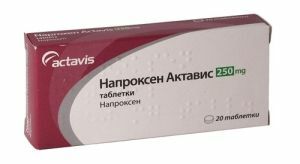 Is applied internally with a small amount of water. Eating does not affect the digestibility of the drug.
Is applied internally with a small amount of water. Eating does not affect the digestibility of the drug.
Use 2 times a day for 0.5 g( morning and evening) with the usual duration of therapy in 2 weeks.
The daily maximum dose is 1,750 g.
In this case, you can combine the medicine in the form of tablets, and in the form of candles. Candles are used at night( one piece for 0.5 grams).With a longer use of the drug is required by the composition of peripheral blood.
For children aged 1 to 5 years, the daily dose should be between 2.5-5 mg / kg. However, the most preferred form of use for them will be a suspension( a mixture of the solute and the liquid).
When using ointments, it is necessary to rub a small amount of it 3 or 4 times a day for 1 or 2 weeks. The gel is used 3 times a day for 2 weeks.
Overdose and side effects of
In case of an overdose occurs:
- drowsiness;
- feeling dizzy;
- nausea;
- vomiting;
- abdominal discomfort;
- listlessness;
- peripheral edema;
- bronchospasm;
- diarrhea;
- Quincke edema;
- cystitis;
- itching;
- leukopenia;
- may experience internal bleeding in the stomach;
- in rare cases leads to hypertension, jaundice, leukopenia, respiratory depression, acute renal failure and coma.
Treatment of poisoning
Providing functional ventilation and circulation. To wash the stomach, accompanied by the reception of activated charcoal( dose - 0.5 g / kg).Antidote does not exist. Dialysis is not effective.
Side effects of
May occur:
- discomfort in the epigastric region;
- nausea;
- vomiting;
- skin rash;
- constipation;
- hemorrhage;
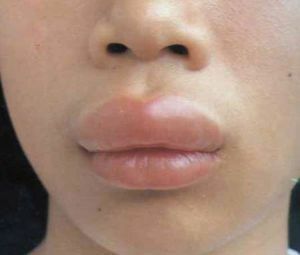
- diarrhea;
- allergic reaction;
- Quincke edema;
- tinnitus;
- weakness;
- diarrhea;
- thrombocytopenia;
- granulocytopenia;
- eosinophilic pneumonia;
- aplastic anemia;
- hemolytic anemia;
- dysfunction of the liver and kidney;
- hearing loss;
- impaired concentration;
- disorientation;
- delayed reaction;
- allergic reaction to the drug;Dyspepsia and headache.
Combination with alcohol
Completely contraindicated. Ethyl alcohol enhances the effect of the drug.
With liver or kidney dysfunction
Completely contraindicated. Will lead to the accumulation of the drug in the body.
In pregnancy or lactation
Premature closure of Ballatal duct in an unborn child is possible, that is, a direct effect on the blood circulation of a child.
Increases the possibility of neonatal complications. Causes a delay in pregnancy.
In other stages, this is possible in cases where the effect of treatment significantly exceeds the risk of harm to the child.
Warning: there were no strictly standardized studies on the effects of medication in pregnant women.
Because of its high bioavailability, the active substance easily enters the mother's milk through the blood. The risk of side effects for the newborn is significant. You should stop using the drug during lactation.
Drug use in children
Only in suspension or in small doses( 2.5-5 mg / kg)
Interaction with other
medications Do not combine with furosimode. Also increases the effectiveness of medications that reduce blood clotting.
Should not also be used with other non-steroidal anti-inflammatory drugs, as the effect of treatment will be the same, while the side effects of the drug will increase with 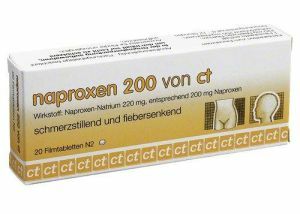 .
.
Combination with amoxicillin causes nephrotic syndrome. Caffeine enhances the effect of the drug. Increases the toxicity of methotrexate, salfanilamides and phenytoin.
And when combined with adrenoblockers, their hypotensive effect decreases. Medications, which contain Mg2 + and Al3 +, reduce the ability of tissues to absorb the drug.
Practical experience of using
Reviews of patients who took Naproxen.
I bought pills for my father. Unfortunately, his knee joints often hurt, and recently his back started hurting. I do not exactly remember the diagnosis, but it does not matter.
The doctor prescribed these pills. To the daddy they perfectly help. At least he began to sleep at night normally, already pleased. And even could not fall asleep. Legs constantly twisted and twisted. Oh, what kind of drugs have not been tried. I'm glad that Naproxen is helping now.
Angela, 38
Tips for taking
Many patients praise the drug. Leaving feedback for themselves and their elderly relatives, many indicate that the remedy perfectly removes pain and removes inflammation.
Some also emphasize its high efficacy, compared to other drugs that could not fully alleviate the pain syndrome with a rupture of the ligaments of the knee joint.
However, , patients over 60 years of age should take the minimum daily dose of .
The most important thing is to follow the instructions clearly, do not exceed the indicated dose and duration of therapy. In case of violation of these rules, it is necessary to check the kidney and liver function of your doctor.
In case of any abnormalities, the drug should be discontinued immediately.
Cost of medicines
Price of Naproxen: 
- tablets 250 mg 30 pcs.- from 88 rubles.up to 199 rubles;
- tablets 500 mg 50 pcs.- 4200 rub.(import);
- gel 100 mg / g 50 g - 384 rubles.
Released without a doctor's prescription. For storage it is necessary to avoid direct sunlight, dry place, temperature not more than 25 ° C.Shelf life 3 years from the date of issue.
Similar to the drugs
Analogues of Naproxen:
- Nalgezin - from 100 to 420 rubles;
- Promax - from 108 to 444 rubles;
- Aliv - from 50 rubles.


